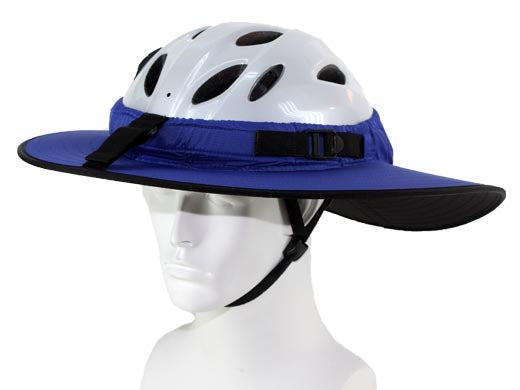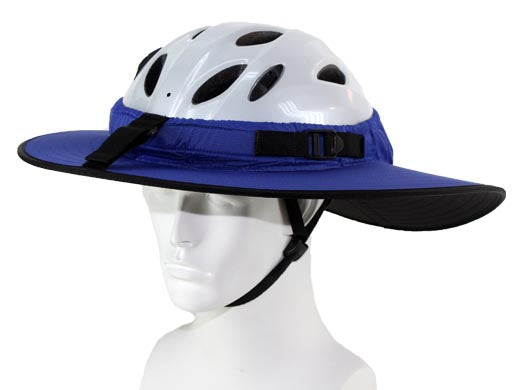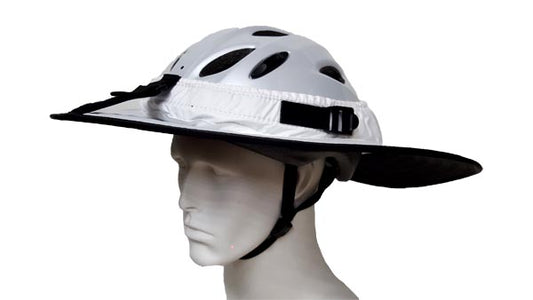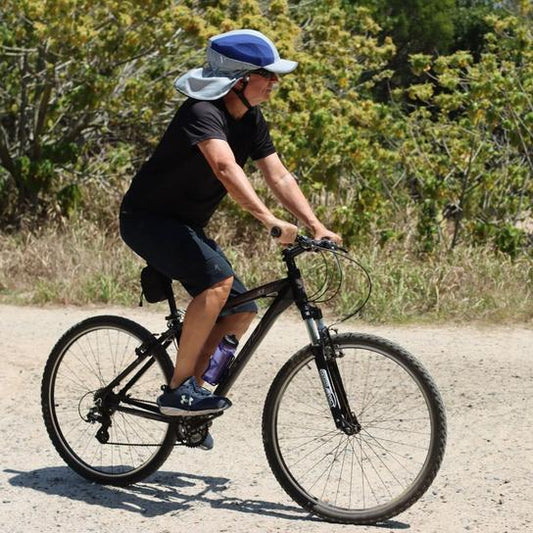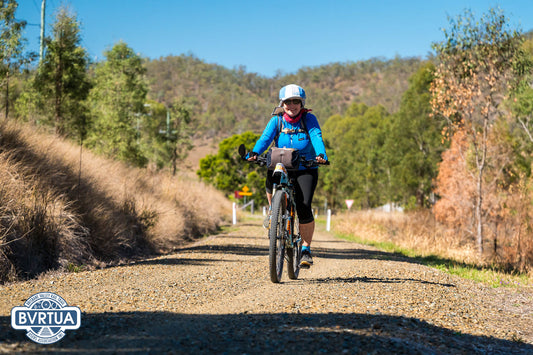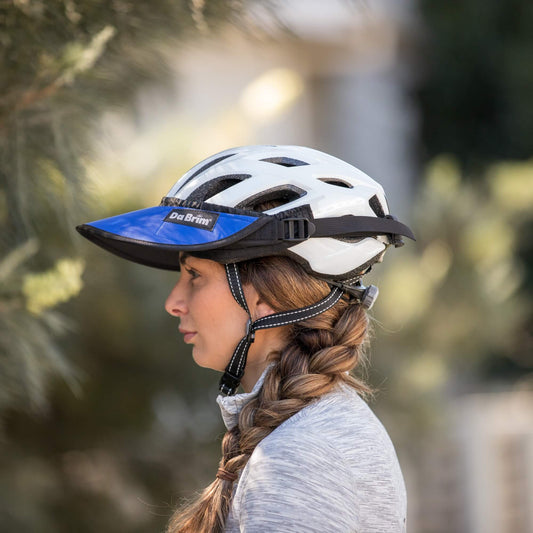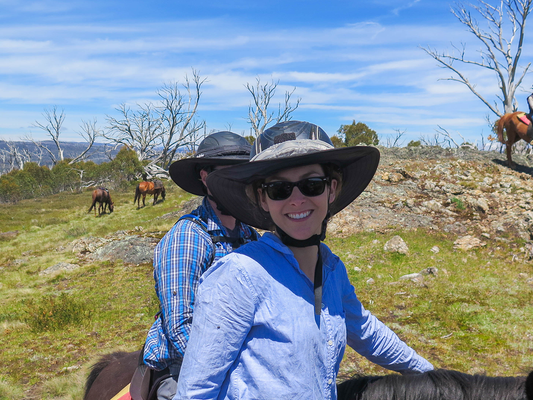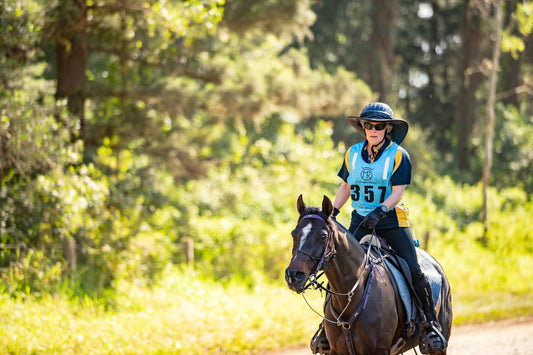Magpies swoop cyclists primarily as a defensive behavior during their breeding season, which typically occurs between late August and early October in Australia. During this time, magpies become highly protective of their nests and young, perceiving any potential threat as a danger to their offspring. Cyclists, who move quickly and often unpredictably through a magpie’s territory, are seen as such threats.
Several factors contribute to why magpies specifically target cyclists:
-
Speed and Movement: Cyclists move faster than pedestrians, which can trigger the magpie’s defensive instincts. The rapid movement may be perceived as an aggressive approach toward their nest.
-
Proximity to Nests: Magpies are territorial birds, and they tend to defend an area around their nest, known as their "defense zone." If a cyclist passes too close to this zone, the magpie may swoop to ward off the perceived intruder.
-
Height: Cyclists, with their upright posture and helmets, may appear taller or more threatening compared to pedestrians. The elevated height might make cyclists a more obvious target.
-
Noise and Reflective Gear: The noise from bicycles, as well as the reflective gear often worn by cyclists, may attract the attention of magpies, further triggering their defensive behavior.
Swooping is usually a bluff to scare off intruders rather than an attempt to harm. However, in some cases, magpies can make contact, potentially causing injury or leading to accidents if the cyclist is startled. This behavior is generally temporary and only occurs during the breeding season when the magpies are most protective of their young.
